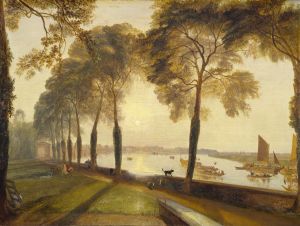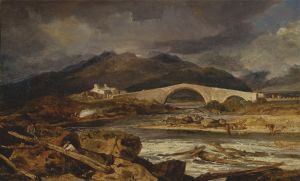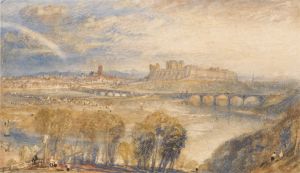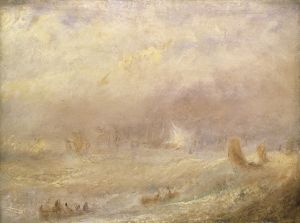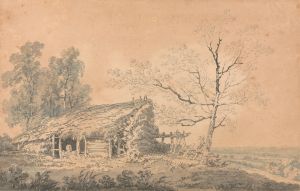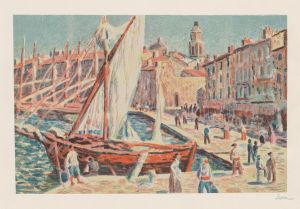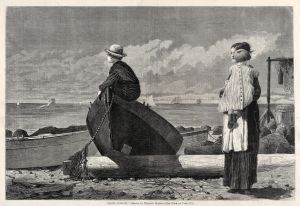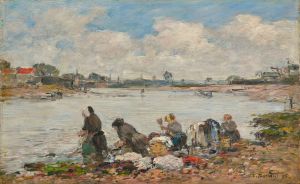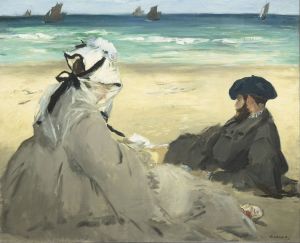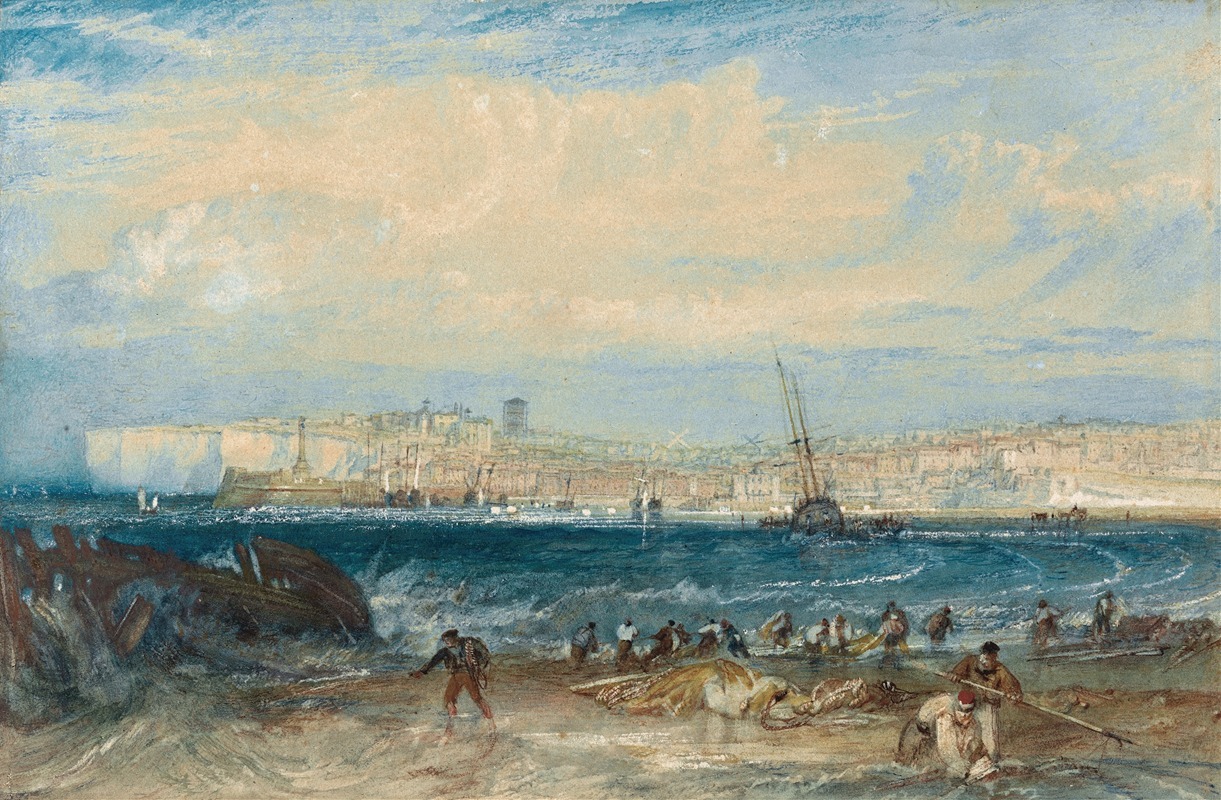
Margate
A hand-painted replica of Joseph Mallord William Turner’s masterpiece Margate, meticulously crafted by professional artists to capture the true essence of the original. Each piece is created with museum-quality canvas and rare mineral pigments, carefully painted by experienced artists with delicate brushstrokes and rich, layered colors to perfectly recreate the texture of the original artwork. Unlike machine-printed reproductions, this hand-painted version brings the painting to life, infused with the artist’s emotions and skill in every stroke. Whether for personal collection or home decoration, it instantly elevates the artistic atmosphere of any space.
Joseph Mallord William Turner, an eminent figure in the Romantic movement, is renowned for his expressive colorization, imaginative landscapes, and turbulent marine paintings. One of his works, "Margate," captures the essence of the coastal town of Margate, located in Kent, England. Turner had a profound connection with Margate, frequently visiting the town throughout his life. These visits greatly influenced his work, as the town's unique light and maritime atmosphere provided endless inspiration.
Turner's "Margate" is a testament to his ability to convey the dynamic interplay between sea and sky, a recurring theme in his oeuvre. The painting is characterized by its vibrant use of color and light, capturing the transient effects of weather and time of day. Turner's technique often involved applying layers of paint to create a luminous effect, a method that is evident in this work. The painting reflects Turner's fascination with the sublime, a concept that emphasizes the awe-inspiring power of nature, which was a central theme in Romantic art.
Margate, during Turner's time, was a burgeoning seaside resort, attracting visitors from London and beyond. The town's coastal scenery, with its expansive skies and ever-changing sea, provided Turner with a rich tapestry of visual elements to explore. His depictions of Margate often highlight the town's natural beauty, as well as its role as a hub of leisure and recreation during the 19th century.
Turner's connection to Margate was not only professional but also personal. He had a close relationship with Mrs. Sophia Booth, a resident of Margate, with whom he stayed during his visits. This personal connection further deepened his affinity for the town and its landscapes. The intimacy of his relationship with Margate is reflected in the detailed and affectionate portrayal of its scenery in his works.
"Margate" exemplifies Turner's innovative approach to landscape painting. His use of light and color was groundbreaking, influencing subsequent generations of artists. Turner's ability to capture the ephemeral qualities of nature set him apart from his contemporaries and cemented his legacy as a master of the Romantic landscape.
The painting is part of a broader body of work that Turner created, which includes numerous sketches and studies of Margate and its surroundings. These works collectively showcase his evolving style and his relentless pursuit of capturing the essence of the natural world. Turner's Margate paintings are celebrated for their ability to evoke emotion and convey the sublime beauty of the coastal environment.
In summary, Joseph Mallord William Turner's "Margate" is a significant work that highlights his mastery of landscape painting and his deep connection to the town of Margate. Through his innovative use of color and light, Turner captures the dynamic and transient beauty of the coastal scene, reflecting both his personal ties to the area and his broader artistic vision.






